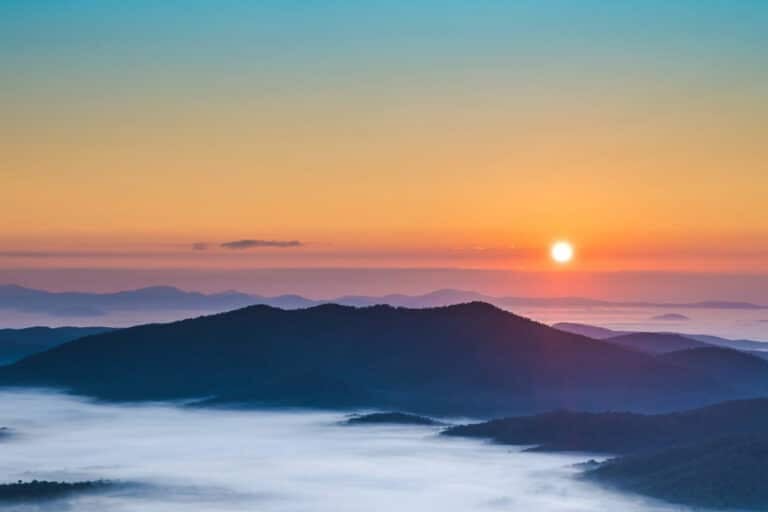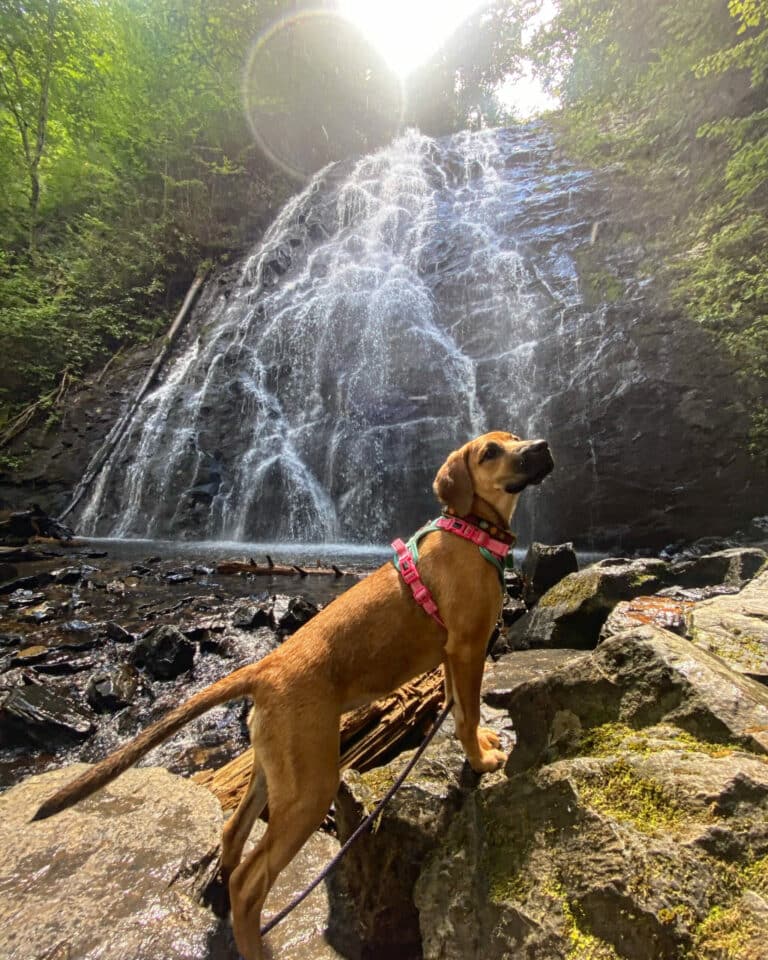Every time I hear our political leaders talk about “clean coal,” I think about Burl, an irascible old coal miner in West Virginia. After 35 years underground, he struggled to conjure enough breath to match his storytelling verve, as if the iron hoops of a whiskey barrel had been strapped around his lungs. In 1983, during my first visit to Appalachia as a young man, Burl rolled up his pants and showed me the leg that had been mangled in a mining accident. The scars snaked down to his ankles.
“My grandpa barely survived an accident in the mines in southern Illinois,” I told him. “He had these blue marks and bits of coal buried in his face.”
“Coal tattoo,” Burl wheezed. “Don’t let anyone ever tell you that coal is clean.”
Clean coal: Never was there an oxymoron more insidious, or more dangerous to our public health. Invoked as often by the Democratic presidential candidates as by the Republicans and by liberals and conservatives alike, this slogan has blindsided any meaningful progress toward a sustainable energy policy.
Leading Democrats were up in arms over the Energy Department’s recent decision to abandon the $1.8 billion FutureGen project in eastern Illinois, planned as the first coal-fired plant to capture and store harmful carbon dioxide emissions. Energy Department officials, unlike politicians, had to confront the spiraling costs of this fantasy. But hardly a hoot could be heard from Democrats or Republicans about Bush’s proposed cuts to more practical investments in solar energy, hydrogen fuel, and home energy efficiency.
Orwellian language has led to Orwellian politics. With the imaginary vocabulary of “clean coal,” too many Democrats and Republicans, as well as a surprising number of environmentalists, have forgotten the dirty realities of extracting coal from the earth. Pummeled by warnings that global warming is triggering the apocalypse, Americans have fallen for the ruse of futuristic science that is clean coal. And in the meantime, swaths of the country are being destroyed before our eyes.
Here’s the hog-killing reality that a coal miner like Burl or my grandfather knew firsthand: No matter how “cap ‘n trade” schemes pan out in the distant future for coal-fired plants, strip mining and underground coal mining remain the dirtiest and most destructive ways of making energy.
Coal ain’t clean. Coal is deadly.
More than 104,000 miners in America have died in coal mines since 1900. Twice as many have died from black lung disease. Dangerous pollutants, including mercury, filter into our air and water. The injuries and deaths caused by overburdened coal trucks are innumerable. Yet even on the heels of a recent report revealing that in the last six years the Mine Safety and Health Administration decided not to assess fines for more than 4,000 violations, Bush administration officials have called for cutting mine-safety funds by 6.5 percent. Have they already forgotten the coal miners who were entombed underground in Utah last summer?
Above ground, millions of acres across 36 states have been dynamited, torn and churned into bits by strip mining in the last 150 years. More than 60 percent of all coal mined in the United States today, in fact, comes from strip mines.
In the “United States of Coal,” Appalachia has become the poster child for strip mining’s worst depravations, which come in the form of mountaintop removal. An estimated 750,000 to 1 million acres of hardwood forests, 1,200 miles of waterways, and more than 470 mountains and their surrounding communities—an area the size of Delaware—have been erased from the Southeastern mountain range in the last two decades. Thousands of tons of explosives—the equivalent of several Hiroshima atomic bombs—are set off in Appalachian communities every year.
How can anyone call this clean?
When the Bush administration announced a plan last year to do away with a poorly enforced 1983 regulation that protected streams from being buried by strip-mining waste—one of the last ramparts protecting some of the nation’s oldest forests and communities—tens of thousands of people wrote to the Office of Surface Mining in outrage. Citizens’ groups also effectively halted the proposed construction of 59 coal-fired plants in the past year. Yet at recent meeting of the National Governors Association, Democratic and Republican governors once again joined forces, ignored the disastrous reality of mining, and championed the chimera of clean coal. Pennsylvania Gov. Ed Rendell even declared that coal states will be “back in business big time.”
How much more death and destruction will it take to strip coal of this bright, shining “clean” lie?
As Burl might have said, if our country can rally to save Arctic polar bears from global warming, perhaps Congress can pass the Endangered Appalachians Act to save American miners, their children, and their communities from ruin by a reckless industry.Or at least stop talking about “clean coal.”
—————
Jeff Biggers is the author of The United States of Appalachia: How Southern Mountaineers Brought Independence, Culture, and Enlightenment to America.







